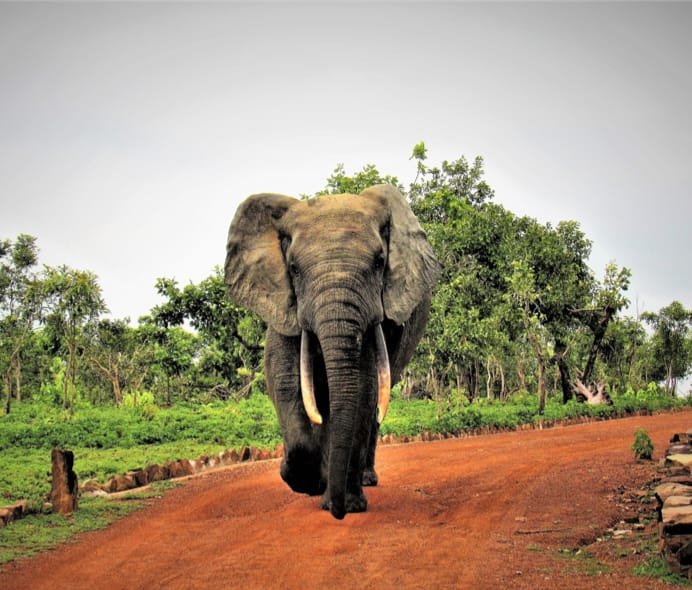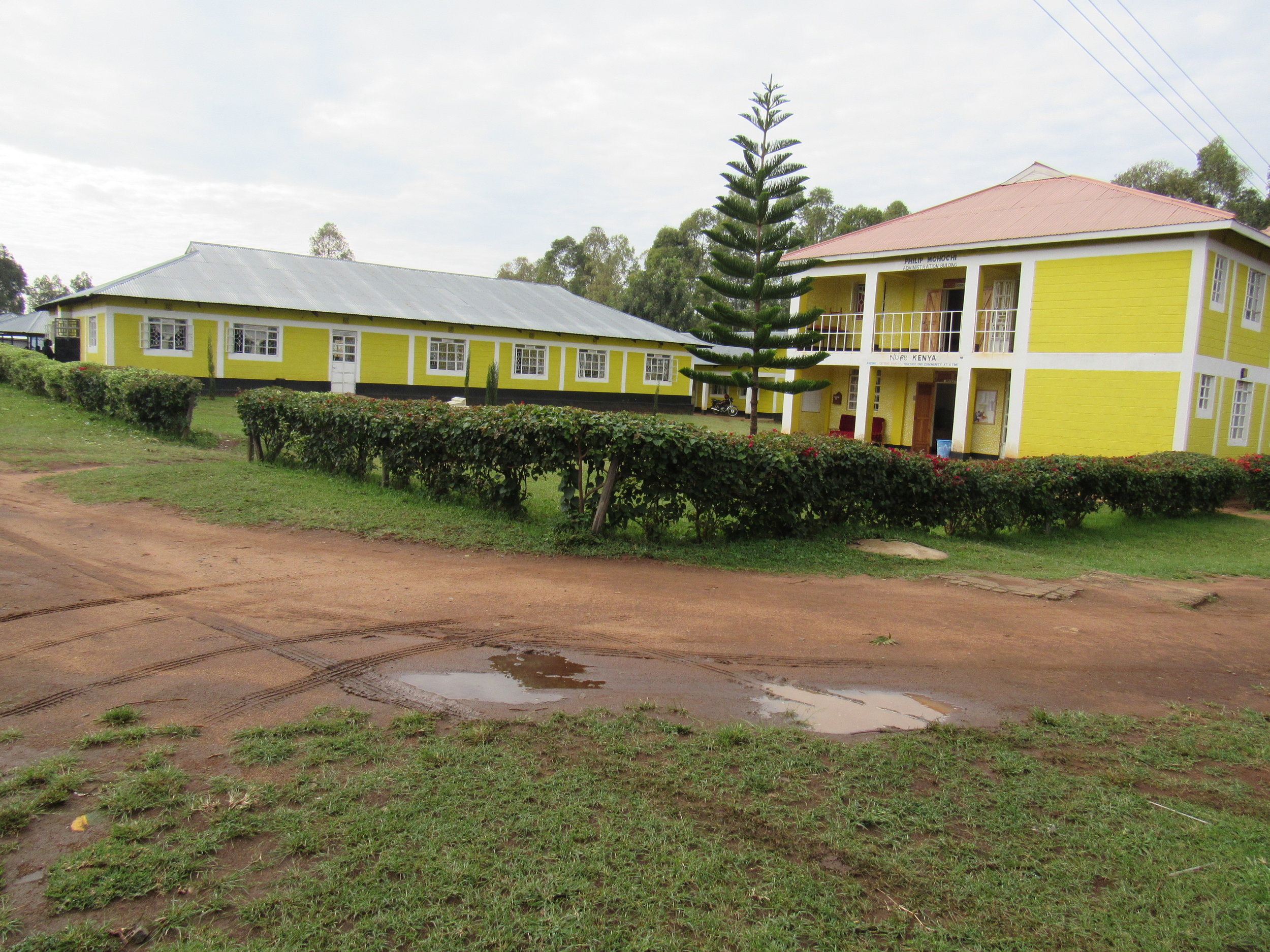Ken Lewis and Satyan Mishra - leader of Drishtee
Finally, just a few days ago, on March 5th I returned to India after a two-year pandemic hiatus. I will be away for four weeks. A long time for a single trip to one place, but not long enough to catch up completely. I was last there in January 2020, returning home days before the news about Covid began to spread. At that time, the Greater Impact Foundation and Drishtee Sustainable Communities was entering the first year of a new program to help create measurable livelihoods for 450,000 highly marginalized people, mostly women in last mile rural villages throughout India, an ambitious project made even more challenging by the pandemic.
As you might imagine, endeavoring to create hundreds of thousands of livelihoods in rural India and track the values such an effort is intended to create is daunting. Sometimes I find it hard to believe. And given my ingrained skepticism (I am a native New Yorker) not being able to travel and methodically “kick the tires” of our progress is somewhat disconcerting. If not for the team at Drishtee, zoom, google meets and whatsapp, the inability to travel would have driven me a little crazy. Even with that linkage I still am nervous about our performance versus plan. The challenges we face go well beyond just the interruption created by the pandemic. Frankly, that nervousness has carried over everywhere we have investments whether it be India, Africa or Central America. By the time you read this I will be in Delhi and the marathon will be underway. This trip will also include time with our other partners in India including RangSutra, Essmart and Grassroots Energy.
One of the many faces of India
We are going to try and share this four-week experience with our readers with daily posts. There will be updates on our progress in the villages along with travel updates around the country that provide a glimpse of the vitality of life in India. The goal is to give readers a flavor for what it is like to constantly be on the road in a world so vibrant it can be both exhilarating and overwhelming at the same time. Village life will be a big focus as will be the people we meet and work with, as well as the unexpected. That is more than likely when in India.








































